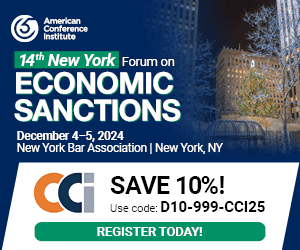Culture describes how a company really does business, and reputation is how external stakeholders perceive it. Over long time horizons, these internal and external views converge (and often overshoot). There is a cost associated with having a worse reputation than is justified, from higher lending costs to fewer quality applicants, so companies often invest to improve their reputation with the general public.
Reputation risk often overlaps with concentration and strategic risks. The CEO is the leader of the firm, and the internal culture gets its direction from the person at the top. Sometimes this person is a great decision maker and needs little input from others. This can lead to a weak management team with little bench strength, since employees expect minimal personal growth and find greater challenges elsewhere. Other times, the CEO is ignorant of their poor decision-making skills, resulting in a culture of “yes” men and lack of open communication. The sweet spot is the CEO who encourages contrarian opinion within a legal and ethical culture. When risk limits are aligned with the risk appetite, this allows decisions to be made at the lowest reasonable level. For example, the CEO should determine the capital allocation strategy, but not the brand of paper for the copier.
Tone at the top, while important, must be followed up with tone in the middle. Successful culture is aligned from the top-down and the bottom-up. They must be consistent. In a strong risk culture, the lowest employee is empowered to ask questions and challenge previously accepted wisdom. This does not imply that they run the company, but encouraging questions is an excellent technique to help an employee grow. An easy test of aligned culture is to walk with the senior manager to the cafeteria or break room. If eyes are averted and everyone leaves, then work needs to be done. Likely the management team does not practice what it preaches.
As Warren Buffett has said, “It takes 20 years to build a reputation and five minutes to ruin it.” How a company manages a negative event – whether working the media to get its message out or finding out what happened and fixing it – will have long-term ramifications. BP continues to fight its obligations concerning the Deepwater Horizon oil spill in the Gulf of Mexico. These types of events do not always turn out negatively. Johnson and Johnson receives ongoing kudos for its handling of the Tylenol scandal in 1982, over 30 years ago.
Compliance, ethics and culture are all related. Compliance provides a base for ethics and strong decision making. When these staff members are treated with respect, product line managers can learn best practices and how their unit fits in with the company strategy.
A strong culture will make a firm more resilient, with the ability to adapt more quickly than its competitors to an uncertain future. It is a competitive advantage that goes far beyond the Chief Risk Officer and Board. Actuaries have seen culture in practice, both good and bad, noting the negative influences of ego and overconfidence as well as risk practices where decision makers are engaged, better understand their risks and improve their risk profile.
A company’s reputation ultimately depends on its long-term culture, its ability to leverage the compliance program and embed ethics in a top-down and bottom-up methodology. This patient approach provides a win-win for customers, employees, owners and other stakeholders.
















